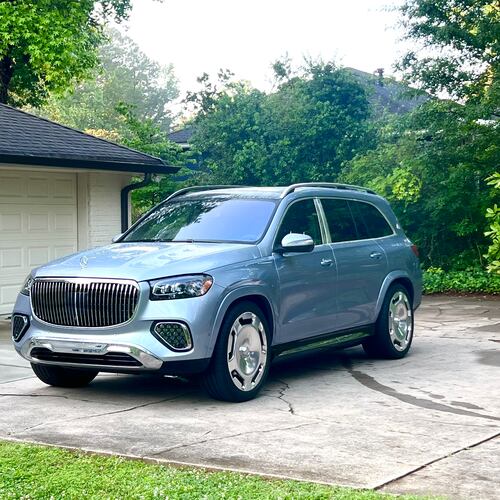To understand what a new Walmart would mean to the residents of Vine City, consider this: More than 50 people stood outside in sub-freezing weather Monday to cheer the announcement that the world’s largest retailer is planning a store in the historic Atlanta neighborhood.
Atlanta Mayor Kasim Reed proclaimed an end to the “food desert” in the area defined more by small nail salons and barber shops than big-box retailers.
“It’s a great day for the entire historic Westside community,” Reed said. “At a time when this community needed help … Walmart stepped up.”
A Walmart executive remarked at how good it felt to be wanted in the neighborhood.
“We’re happy to know you want us here. We can feel it,” said Greg Sullivan, a senior vice president for the Southeast division of Walmart, as he looked at the dozens of officials and residents assembled in the cold. “If all goes well, we hope to break ground in the first half of 2011.”
Walmart plans to take the space of a Publix store that closed before Christmas last year.
Vine City residents and the 12,000 students attending schools within the Atlanta University Center were frustrated when the grocery store closed because they were left for few options for buying quality food nearby.
Walmart's interest is welcome news for residents, as well as the site's owner, H. Jerome Russell, who pursued Walmart for nearly a year. Russell New Urban Development, a division of H.J. Russell and Co., bought the retail center after Publix and several smaller retailers were already open. The Publix closure was difficult for his company, he said.
“A year ago exactly to this day, I was attending public meetings explaining the loss of a store here,” he said. On Monday, he was explaining that Walmart will expand on the 28,000-square-foot footprint left by Publix for a new 80,000-square-foot "supercenter." The store is part of Walmart's new strategy to experiment with smaller format stores.
Ernestine Garey, interim president of the Atlanta Development Authority, believes where Publix failed, Walmart will succeed because of its lower prices and it will have a pharmacy. The Publix that closed didn't have a pharmacy, she said. "That is critical."
The development was spurred by the ADA, which acquired about 30 acres in 1990. The Publix was built in 2002. The ADA still owns about 4 acres, which it will sell for the larger Walmart store.
The Walmart store will employ up to 150 people, Sullivan said. Nearby streets show signs of economic distress, with boarded up homes.
But there also are signs of life. Brock Built homes is finishing about 60 townhomes selling in the $200,000s in the mixed-used project. And the Bronner Bros. building is getting revitalized through an Atlanta Development Authority grant.
Staff writer Arielle Kass contributed to this article.
About the Author
Keep Reading
The Latest
Featured


